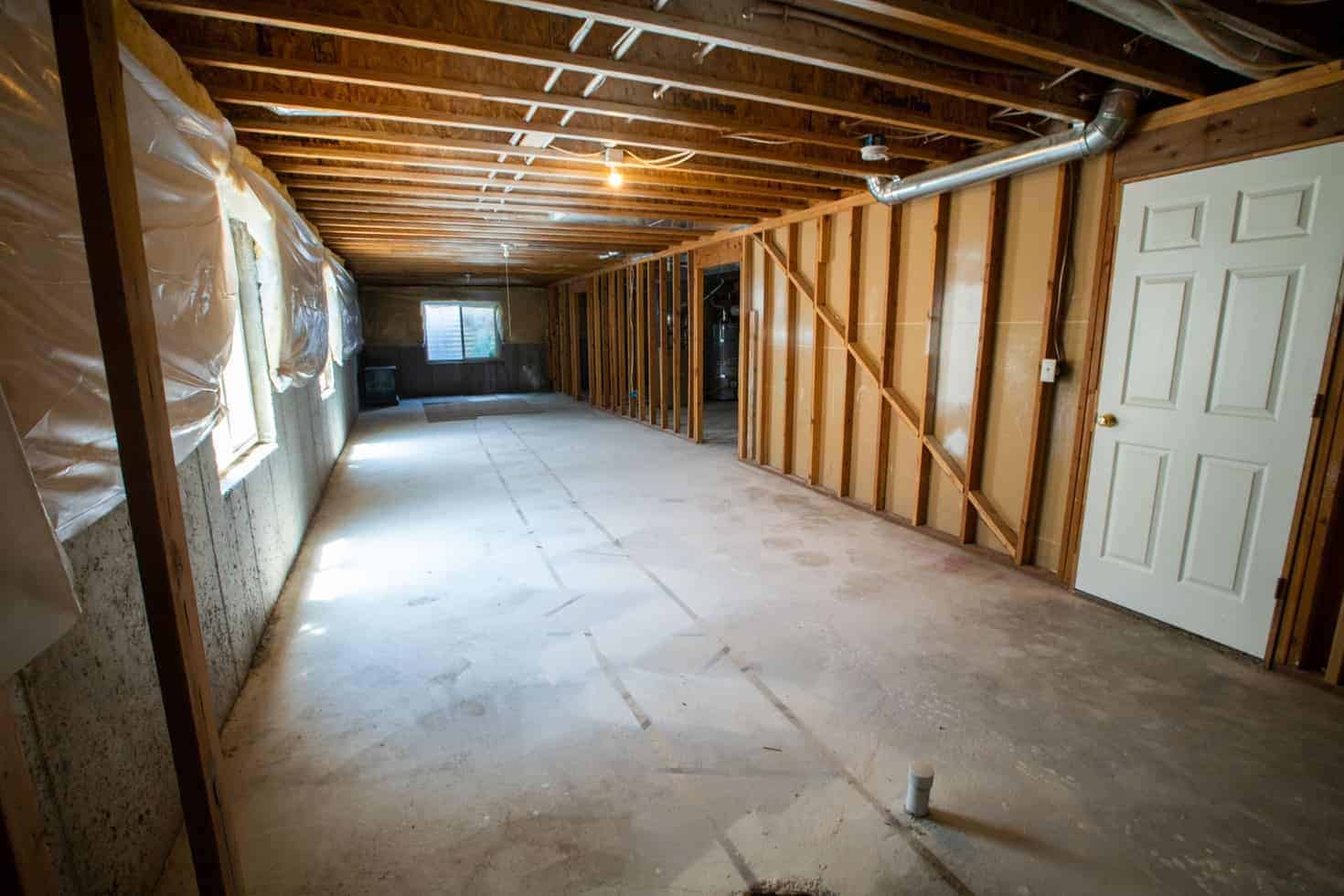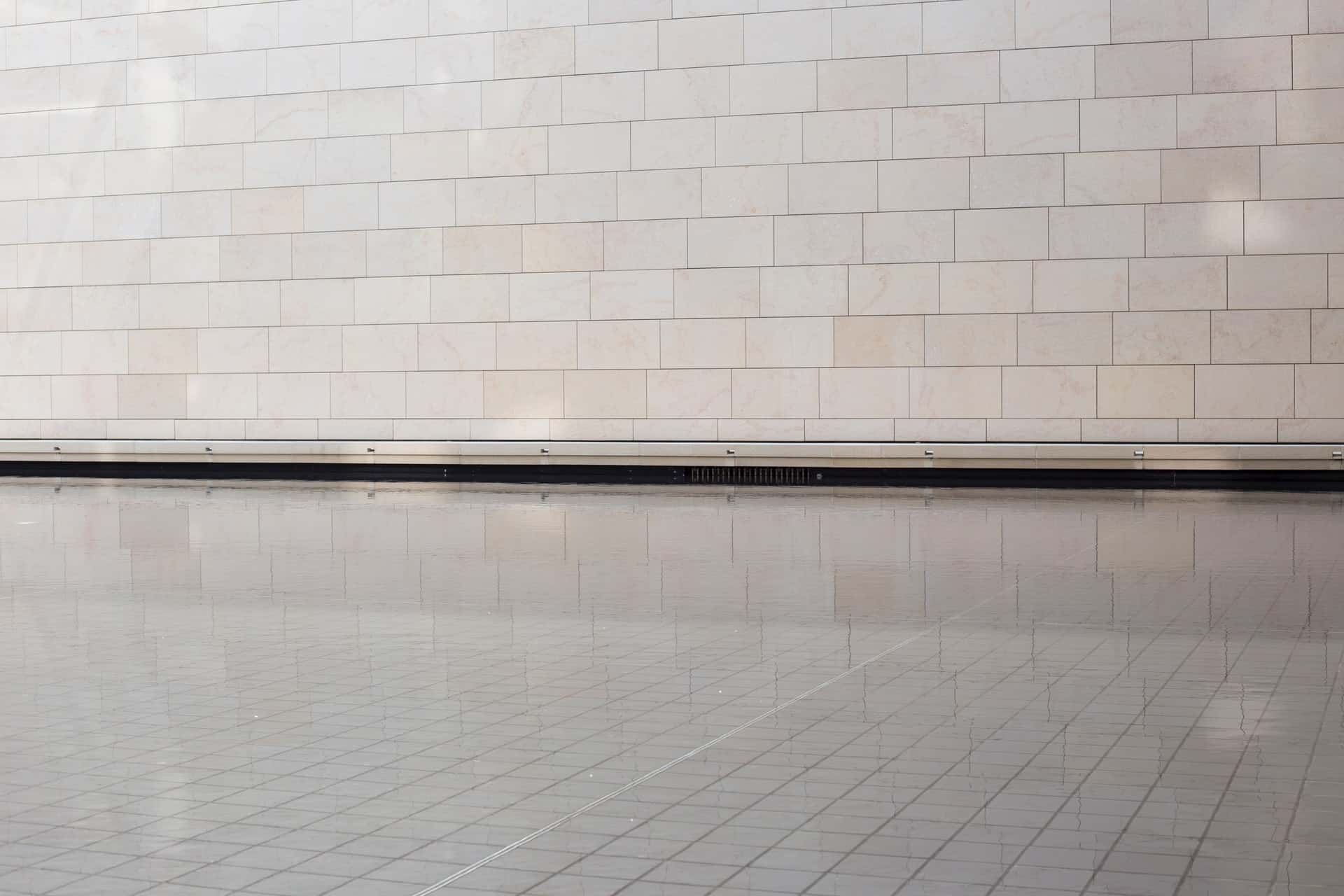
One of the biggest problems a homeowner can have is a flooded basement, which can happen to anyone. One of the leading causes of this problem is the water buildup around a house’s foundation. When this happens, the water puts too much pressure on the concrete, making it crack.
To avoid a flooded basement, you need to make sure your property has proper drainage and contact a waterproofing contractor. A professional will help you waterproof your basement and guarantee your drainage system is in working order. However, before you agree to a service, it’s a good idea to do your research.
Here are some things you should do when you want to waterproof your basement:
If you already have a small leak going on in your basement, the first thing you want to do is identify its source. Your waterproofing contractor is going to ask you about possible leak sources anyway, so it’s best to be prepared to make the job go more quickly.
The leak may come from a small crack, but that’s enough to cause a lot of damage. As soon as you identify the source of the leak, hire a professional to fix it immediately to prevent further problems. Small cracks can lead to bigger damage to your house’s foundation and your basement, resulting in costlier services.
Before you settle on waterproofing services, it will help to know the different methods available for waterproofing your basement. There are three ways to do this: using interior sealants, exterior waterproofing, and drainage.
Each of these methods has its advantages and disadvantages, and you may even need to use a combination of them if the situation calls for it. Your contractor will assess the condition of your home and give you recommendations. Don’t be afraid to ask them questions, too, especially about what they think is the best method.
No matter what you do, don’t try to waterproof your basement by yourself. Doing this doesn’t usually end well, and it may even cost you more money. If it seems like an easy solution and you can do it yourself, remember that the easiest ones are always temporary.
Doing a DIY treatment is only viable if you intend to use it as a temporary solution in the first place. It’s handy if there’s a small leak you want to cover up until you can get a professional to your house. Other than that, it’s best to leave the solutions to people who have the skillset to address them.
Lastly, you should keep water from directly hitting your foundation. As mentioned earlier, when water continuously strikes your home’s foundation, it can cause a lot of pressure on the concrete and later deal a lot of damage. Make sure your gutters are clean and the water flows freely away from your home to mitigate this.
Another way to keep water off your foundation is to check your downspouts. Downspouts are supposed to direct water away from your home. If they’re pointed right at your foundation, it completely defeats the purpose of having them.
These are simple things you can research more about if you plan to waterproof your basement. Of course, you can always ask your waterproofing contractor for more information regarding the process, but it’s best to be informed beforehand.
Sir Williams Drainage and Waterproofing Solutions offer residential and commercial landscaping and grounds maintenance services. Our waterproofing contractors are ready to serve the homeowners of Michigan, and our goal is to provide high-quality services to our clients. Contact us today for more information!

Piping problems cause unsightly watermarks and leaks that ruin your home’s walls. Not only may a persistent leak result in having to replace the entire drainage system, but you’d also have to tear down an entire wall to make sure it doesn’t look spotty in one area. It’s a massive home improvement project with a hefty price tag, ranging from several hundred to several thousands of dollars.
If your walls could talk, they’d probably say, “We’re sick and tired of dealing with drain and leaks! Get some weeping tiles over here now! That should solve all our problems!”
What are weeping tiles? Are they tiles that cry and howl when they’re sad? Nope, but they’re an exciting backyard drainage solution you should consider for your entire home. Read on to find out five reasons why your home needs weeping tiles!
Also known as drain tiles, weeping tiles are a type of piping that gathers water from leaks, rainwater, melted snow, flooding, or even nearby bodies of water!
Without drain tiles, underground water builds pressure that rises against your house. Think of it as a colossal airbag slowly growing underneath the surface, except that it’s filled with pressurized water. The water pressure bursts forth at its peak and causes cracks, breaches, and severe property damage.
This system acts as a barrier from various water sources with drain tiles, keeping it safe and dry.
Weeping tiles also drain water away from your home when installed by an expert waterproofing contractor. Typically, contractors set them up near the foundation, which is the most crucial area of any building. Damage done to a home’s or office’s cornerstone could increase the likelihood of the building collapsing.
These tiles absorb, then redirect the water away from the foundation and house to ensure structural integrity.
If a foundation breach is not a problem in your home, there’s the matter of flooded basements, as melted snow after winter or rainwaters after a storm could seep through windows and walls. Drain tiles prevent these unwanted, watery messes, too!
Instead of being installed outside your home, weeping tiles will be set up inside your walls to absorb and redirect water that passes through your home. This installation includes a sump pump to move the drain water to a storm sewer. Be sure to go over these details with your waterproofing contractor.
Waterproofing your house’s exterior and interiors isn’t easy! You’re essentially placing a new home piping system, which takes a considerable amount of work.
For instance, these are the necessary tasks for laying drain pipes outside your house:
Now, here’s for placing drain pipes inside your house:
Though an initially costly expense, the long-term benefits outweigh the disadvantages of a breached home.
A brown, spotty area on a wall means a leak happened somewhere inside or outside your home. Painting over it seems like the ideal quick fix, but the watermarks will just keep returning until the main problem—the leak—is addressed. As with the fourth reason, the costly installation of weeping tiles reduces other long-term problems like tarnished walls due to unseen water damage.
Every home needs protection from underground water damage that breaches foundations, cracks walls, and potentially destroys building structures. A weeping tile system assures users that underground water and pressure are led away through its simple pipe layout, keeping houses and homeowners free from worry against long-term damage and pricey repairs.
Looking for suppliers of backyard drainage in Michigan or a waterproofing contractor in Belleville? Get a quote from Sir Williams Gardens and Waterproofing Solutions today! We’re a team that provides high-quality landscaping and grounds maintenance services throughout Metro Detroit and Southeastern Michigan!